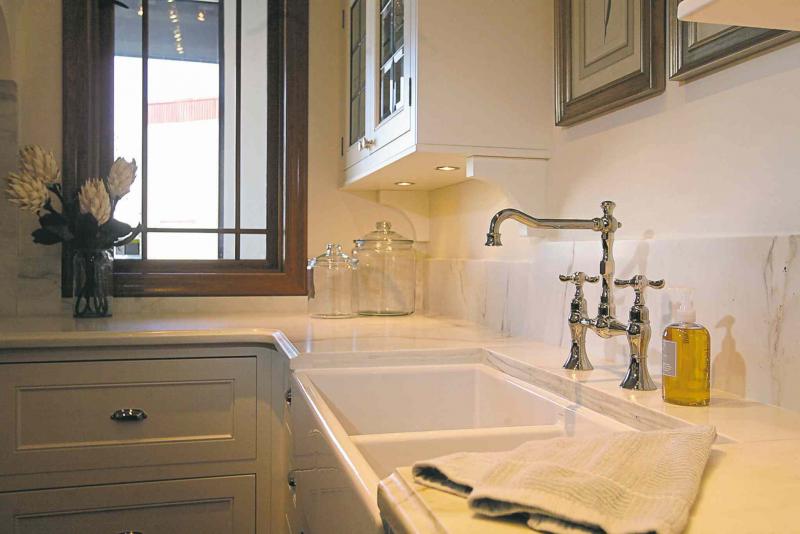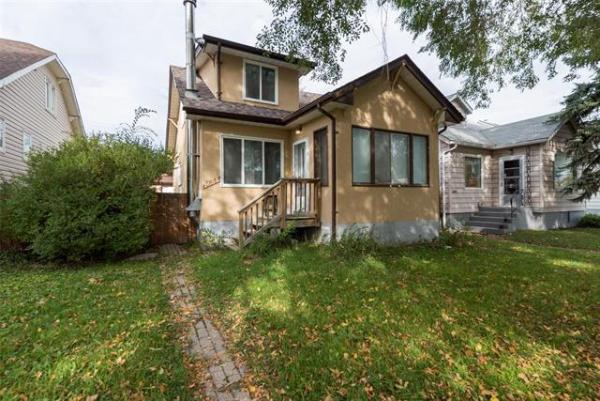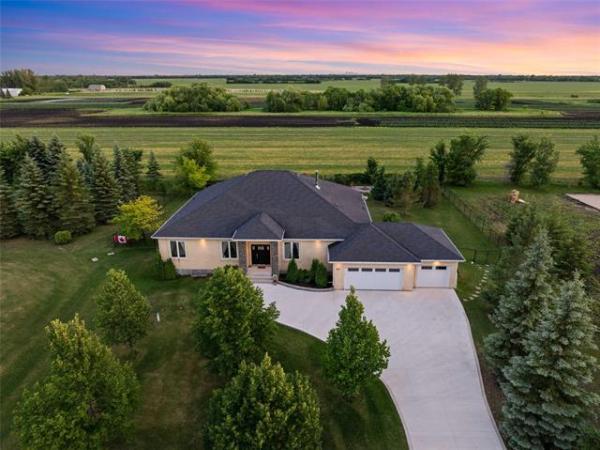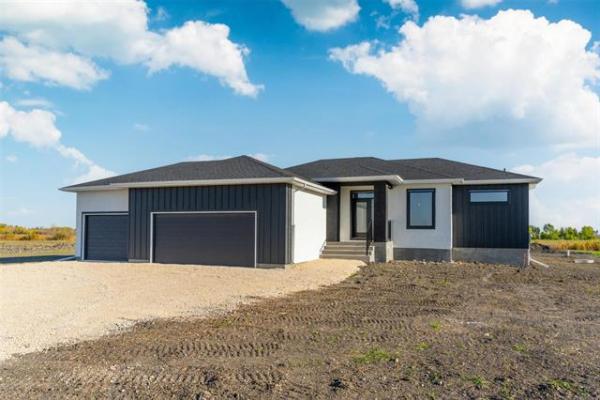Questions: We live in a rural area and have a well, septic tank, effluent pump and septic field. The house is a 1,400-square-foot bungalow with a partly finished basement. We have a strong sewer smell coming from the laundry room downstairs. There does not appear to be any "liquid" leaks from the pump. We thought it might be the downstairs toilet seal and replaced it. We checked all the drain "P" traps and put water through them to make sure they are full. The lower shower is not used often. The roof was leaking from around the front vent stack and shingles were replaced and the stack made taller last June. An HRV system was installed in October. The only time we noticed the smell before the roof being done was when the downstairs toilet would "burp" and drain the "P" trap.
When the fireplace is being used, the smell appears to be strongest and we turn off the HRV unit. If it is left, on the house seems to be in a vacuum and we get back-draft from the fire. If it is left off, the smell is not as strong.
Is the HRV supposed to put the house in a vacuum? Is there a way of sourcing the origin of the sewer smell?
Thank you.
Al Braun
I read one of your articles on sewer lines and had a question on smell. My daughter bought an older home in Riverview, built around 1949. We think the previous people renovated the bathroom and we have had some issues. There was a smell from the sink and water was not going down. We had a rooter firm come out and they said it wasn't plugged. They said we needed a plumber, who came and said it was the pipes that were put in wrong, so he changed them so the water could flow and not sit and make a smell. There is still a smell and we now think it is coming from the toilet. Sometimes when you flush it smells, other times no. It is not backing up, so I believe it isn't plugged. We would clean out the sewer but feel we should wait till spring.
What do you think is causing the smell and is there anything we can put down there to get rid of it? Would we be wise to get the sewer cleaned now, or wait? Any help on this you can provide would be great. I love your column, it always has good articles.
Gerry Bennett
Answers: Odours from plumbing fixtures or sewage smells can be some of the most annoying problems that occur in homes. While the exact location of the cause may sometimes be difficult to pinpoint, a proper fix should be possible by a simple process of elimination.
Sewage and other common bathroom odours often smell somewhat similar, but may be remarkably different in origin. Typical smells from sinks, bathtubs and other areas in our homes can be a simple matter of excessive hair, grease or soap residue trapped inside the drains or overflows. These may be first noticed when drains become sluggish, but can occur even when they appear to be quite free-flowing. This may be the first area to check when complaints about plumbing-related odours are noted. Clearing the drains of this debris is the key to this first course of action. It may be accomplished with the use of chemical drain openers, or more cost effectively and environmentally sound by removing the traps under the sinks.
Most sink traps are installed with hand-tightened fittings that can be removed manually or with a pipe wrench. Once removed, any gunk can be flushed out and emptied into a toilet or garbage bag. After clearing the drains, the trap should be reinstalled, filled with water and the sink tested to see if the odour is eliminated. Clearing tub and shower traps may not be possible in this manner, due to lack of access, so using chemical drain openers may be the only practical solution for those fixtures. Also, most bathroom sinks and tubs have overflows, which also can get full of hair and soap scum. Clearing these may require temporarily blocking the drain with a plastic bag below the overflow exit, so that liquid drain opener can sit inside the overflow long enough to partially dissolve any foreign matter, before flushing out.
If all your traps have been cleaned near the location of the odour and it does not substantially subside, it is likely due to improper or blocked venting. When amateurs renovate bathrooms and kitchens, improper trap and vent installations are common. This is the likely scenario when backventing is seen or suspected, as sewer gas that would normally rise by convection upward and out the top of the stacks is sucked back down the pipes. If there are proper traps, they should prevent this noxious gas from re-entering the living space. This should be evaluated by a licensed plumber, to ensure all traps are properly configured and correctly vented. In rare cases, a negative pressure created in the home may be strong enough to pull the sewer gas through a poorly installed P-trap, which may be the cause of the issue in the first question. In that case, installation of a fresh-air intake or HRV should eliminate the negative-pressure situation.Because you are still experiencing problems, your new HRV may not be functioning properly or require balancing by an experienced HVAC technician to eliminate the back-draft created by the improper pressure differential. It should help eliminate the "vacuum" you describe, not make it worse.
Plumbing odours may range from nuisance smells from excessive hair and gunk inside drains or cleanouts to serious issues with sewer-gas intrusion from improper traps, venting or air-pressure differentials. The way to solve either of these issues is by evaluating and cleaning all the drains in the areas in question, and then take measures to equalize the house air pressure if the problem persists.
Ari Marantz is the owner of Trained Eye Home Inspection Ltd. and the past president of the Canadian Association of Home & Property Inspectors -- Manitoba (cahpi.mb.ca). Questions can be emailed to the address below. Ari can be reached at 204-291-5358 or check out his website at trainedeye.ca.
trainedeye@iname.com




